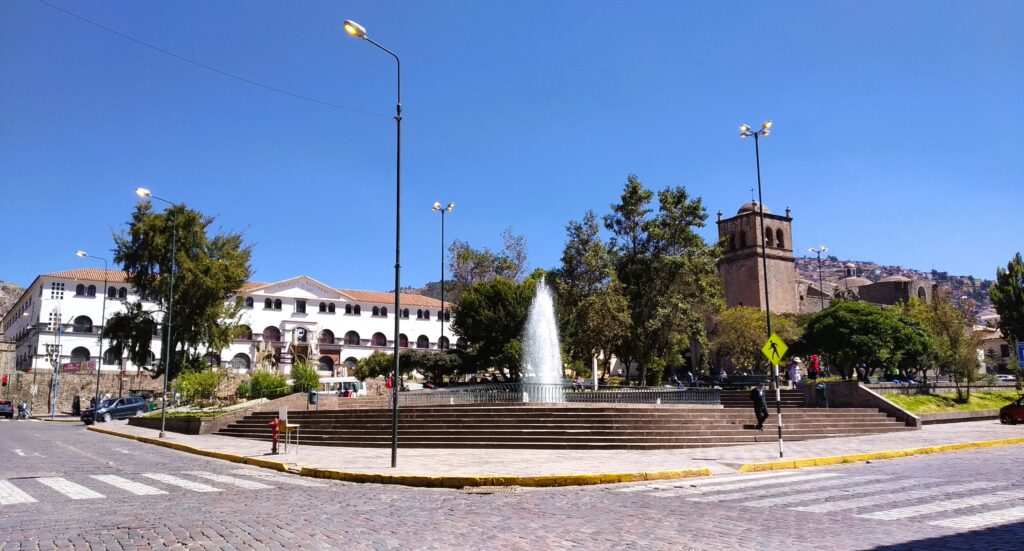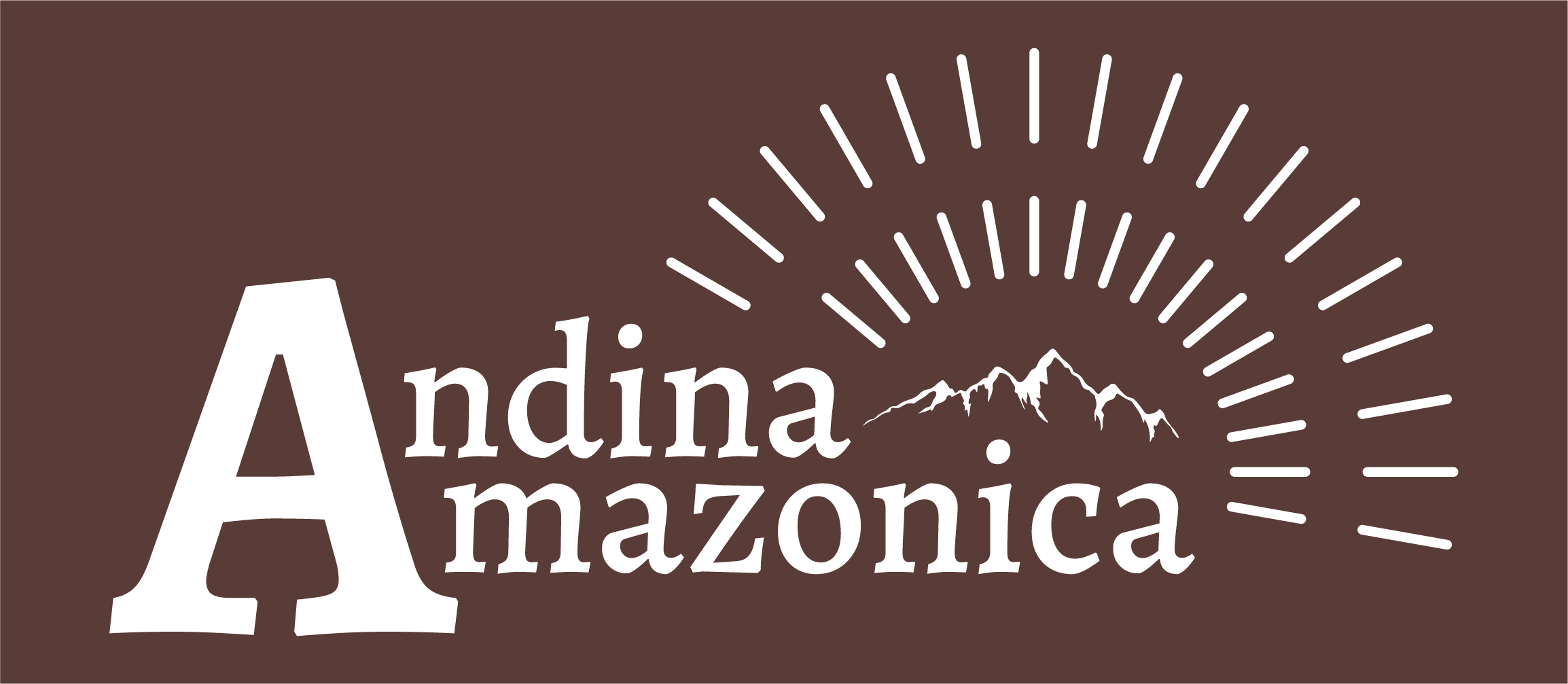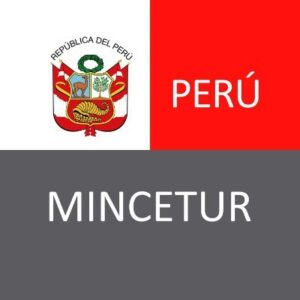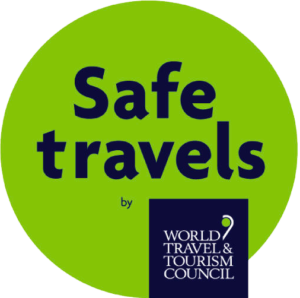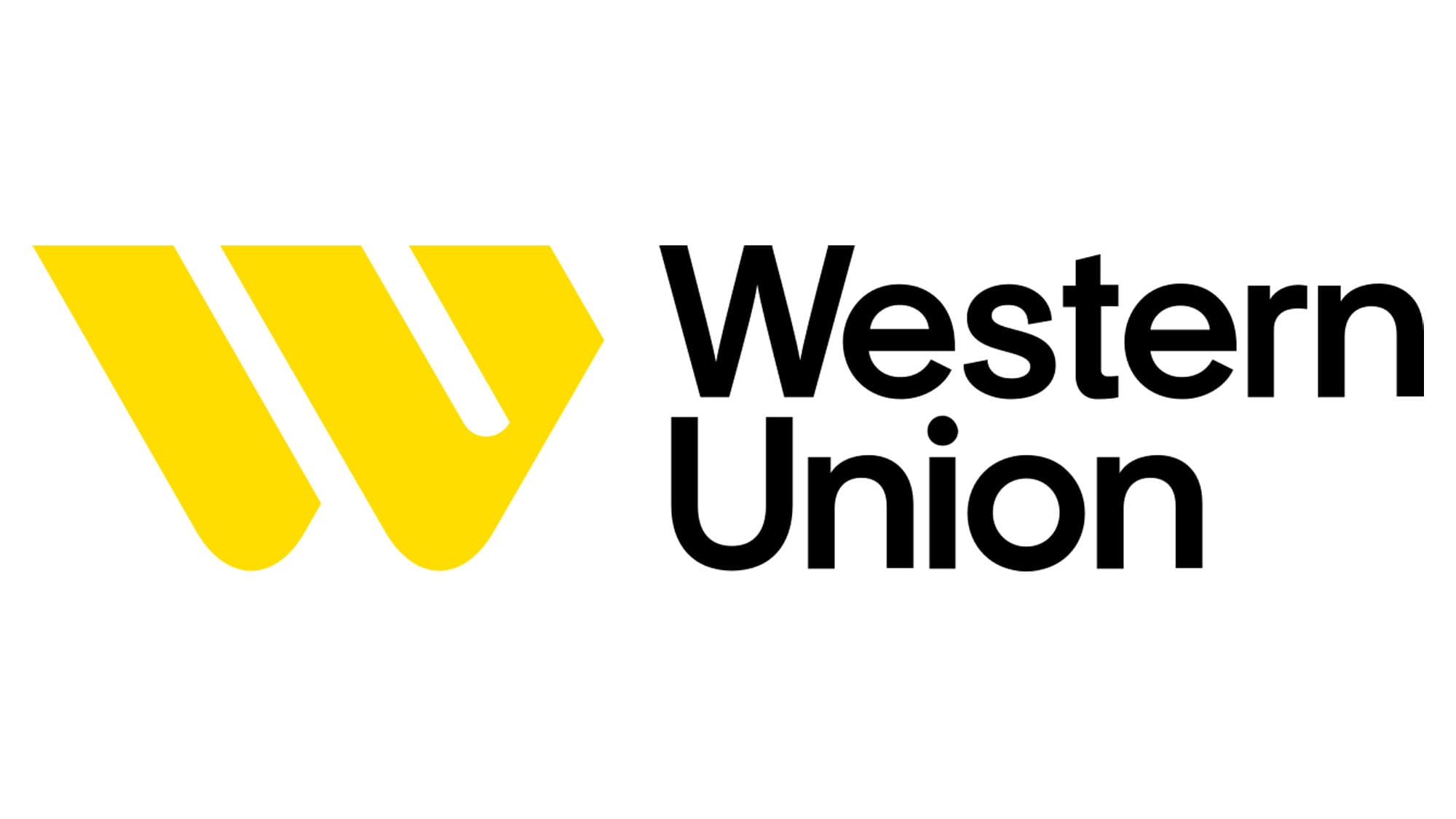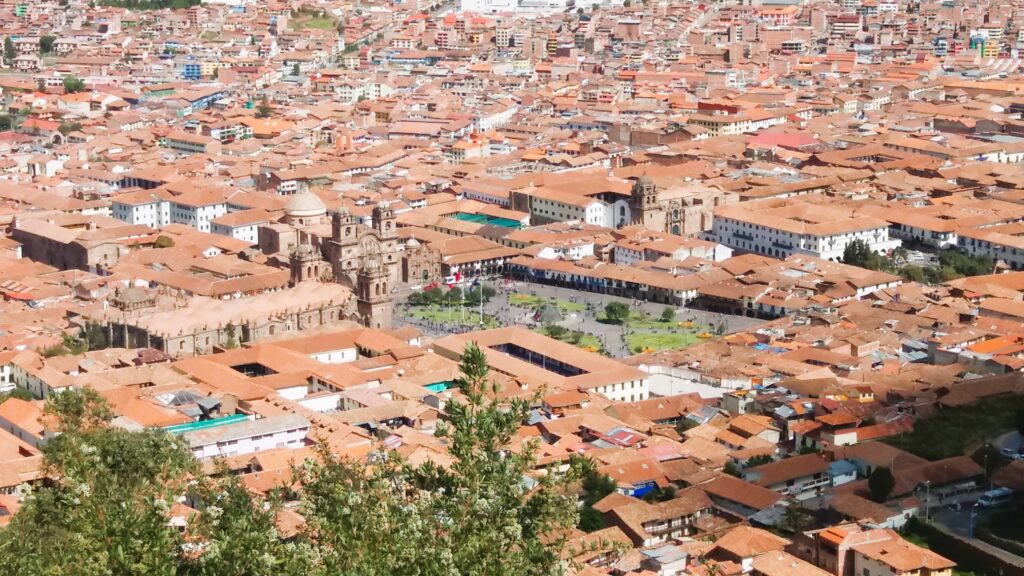
The city of Cusco, whose original name in the ancestral Quechua language was Qosqo (navel of the world) holds different honorary titles, for example, in 1933 it was recognized as “Archaeological Capital of South America”; in 1972 the monumental area was declared as “Cultural Heritage of the Nation”; in 1983 it was declared by UNESCO as “Cultural Heritage of Humanity”; it is also known as “The Rome of America”, “Imperial City”, among others.
It´s titles are recognized by the worldwide, because the city of Cusco was the capital of the largest empire that developed in South America, where our ancestors left an enduring legacy in time, where even today you can feel in the breeze of the city, the glorious past of an ancient culture with an infinite history, with traditions and customs that survived the conquest and over hundreds of years of extirpation; ancestral history that blends harmoniously with the colonial legacy forged by western invaders, merging both cultures to become the rich heritage of what is today our present.
For this reason, the imperial city is also recognized as the “Museum City”, for all the history, archeology and art that it boasts; not to mention the biodiversity of flora and fauna, the beautiful natural landscapes thanks to its geography and location in the Andes mountain range; as well as the world’s leading cuisine; all this makes the city of Cusco the most popular and favorite tourist destination in the entire American continent.
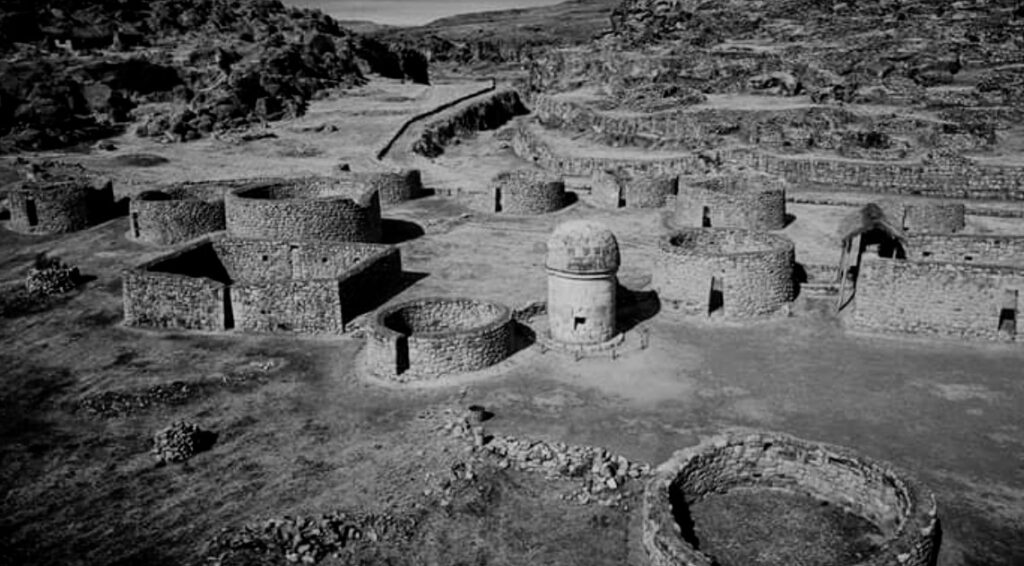
PRE-INCA CUSCO:
¿What was the city of Cusco before the Incas? according to archaeological records and cave paintings, the first inhabitants of the region date from 12 thousand to 5 thousand years before Christ, where the activity of these human groups was hunting and herding of auquenidos, as well as gathering. These human groups settled around the mountains of our city and later were consolidated in organized settlements giving way to the domestication of plants and animals and for the first time to agriculture, these human groups already consolidated, began to interact with other ethnic groups existing a multicultural exchange of influences and modes of production, elements that will serve as a great contribution to the Quechua ethnic group that migrated from the south to the city.
According to archaeology and some chroniclers who collected oral information from the settlers upon the arrival of the Hispanics, the human settlement of the “Ayarmaca” were the most studied in the Cusco region, but the trace of the Cusquenian man that has the oldest record is the “Man of Qorqa” (this is an area where there are cave paintings up to four thousand years old).
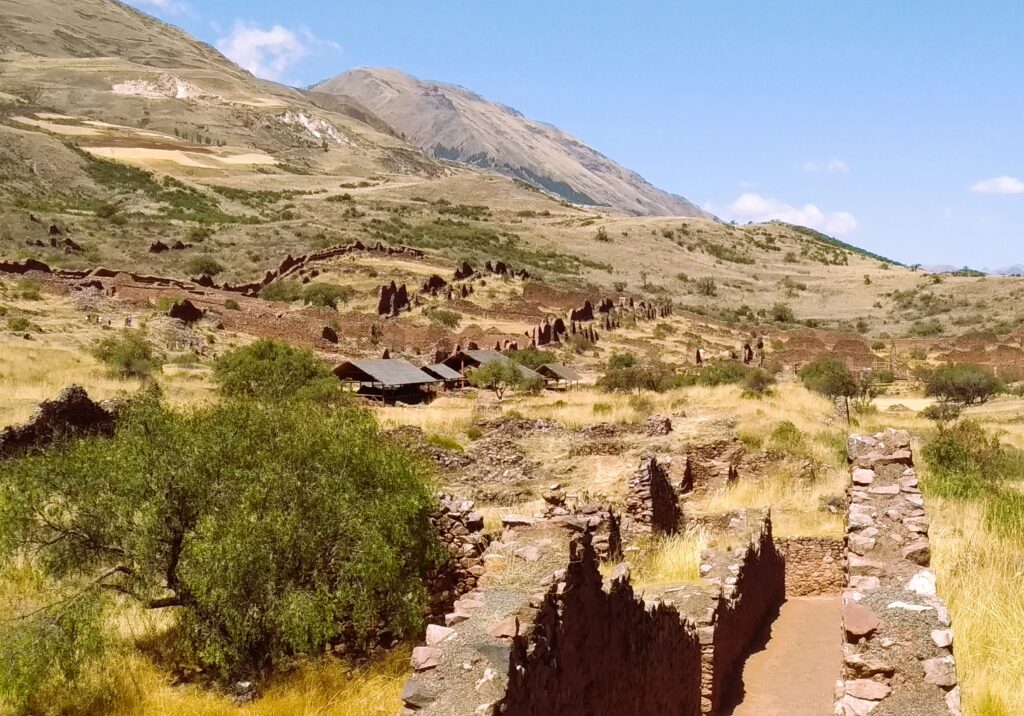
Along with these two settlements, there are also the Marcavalle, Chanapata, Lucre, Qotacalle, Killke, and especially the Wari culture, who contributed great urban and cultural knowledge to the Quechua, which highlights the construction of formidable pre-Inca citadels as “PIKILLACTA” that although worn by the passage of time, still shows its great adobe walls (up to three stories high), as well as its long and narrow streets; being today one of the most interesting tourist attractions of Cusco.
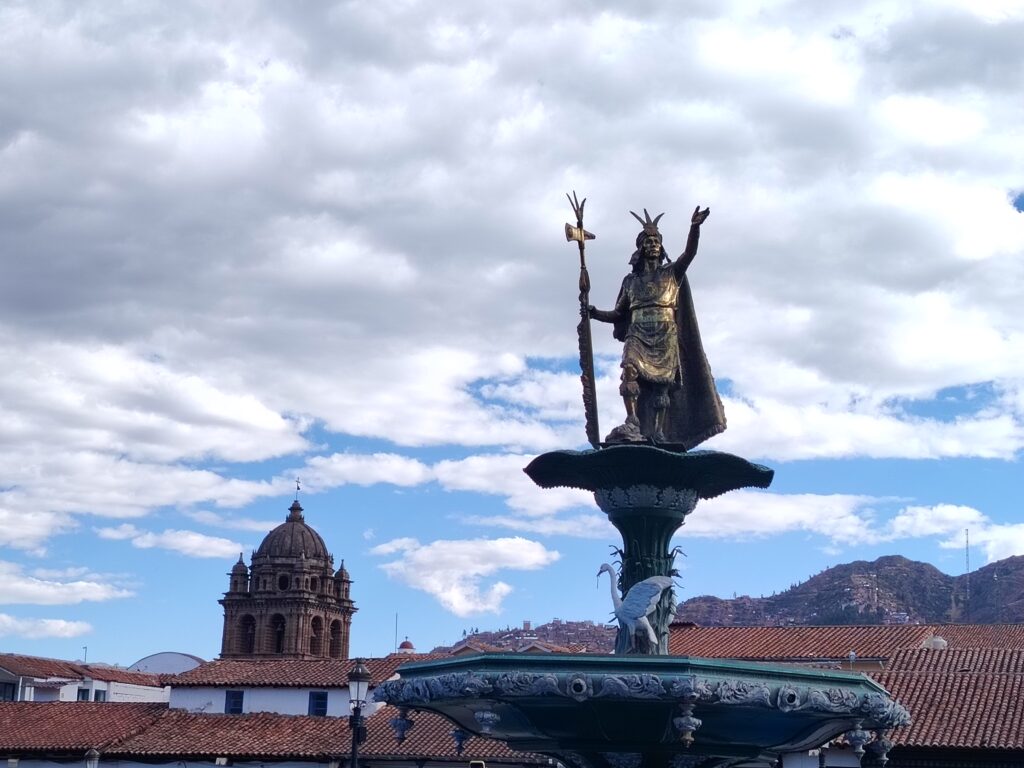
INCA CUSCO:
¿How did the Incas emerge? The Quechua or Inca ethnic group developed in the altiplanic zone, between Peru and Bolivia, around the highest lake in the world, Lake Titicaca. This human group, threatened by the inclement climate of the altiplano, dry and not very fertile lands, as well as by the Aimaras (another warlike ethnic group towards Bolivia), decided to migrate towards the Northeast, with the objective of finding more fertile lands and more benign climates for the development and expansion of this ethnic group, that is how when they arrived to the fertile valley of Cusco approximately in the 13th century, they started a fight to take over the Inca’s lands. XIII, they began a struggle to take possession and conquer the human groups already developed in the region, finally achieving their goal of conquest, they founded their empire and became the capital of a large territory in the southern hemisphere.
About the origin of the Quechuas or Incas, two legends were compiled that justify the appearance and expansion of this great culture in the Andes, one is the legend of “Manco Ccapac and Mama Ocllo” and the second is that of “The Ayar Brothers”, whose oral sources compiled by the chroniclers, tell us in different ways, but with similar features the journey that the Incas made to find and found a place to consolidate.
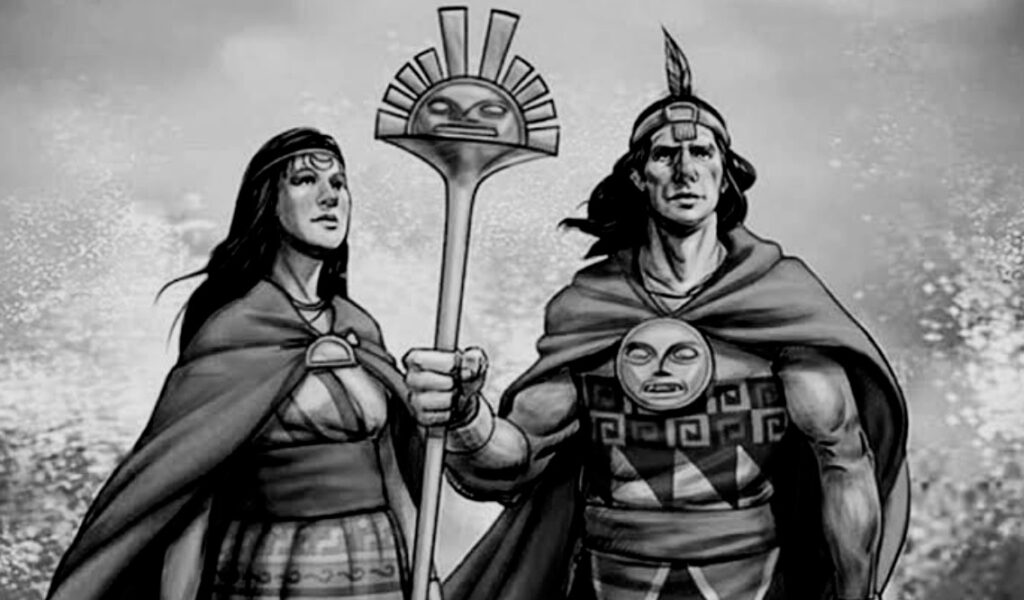
What was the Inca empire like? It was the largest empire in South America known as the “Tawantinsuyu” or the “4 regions” conquered by the Quechuas; this vast empire encompassed what today are the countries of: Peru, Bolivia, Ecuador, Colombia, Chile and Argentina. Although this boom of the Inca empire only lasted approximately 200 years. The Incas were able to consolidate and develop different aspects of a culture such as: architecture, textiles, ceramics, economic production methods, engineering, medicine, astronomy, mathematics, military defense, religion, among others…
The pre-Inca cultures such as: Caral, Chavin, Mochica, Chimu, Nazca, Paracas, especially “Wari and Tiahuanaco” were decisive for the development, consolidation and expansion of the Inca empire because of all the cultural contributions absorbed by the Quechuas.
Approximately in the year 1437, the boom and territorial expansion of the Tawantinsuyu began with the ninth emperor or Inca called “Pachacutec” whose name means “who transforms the world”, visionary Inca and to whom is attributed many of the Inca constructions that today we can appreciate throughout the region of Cusco; Pachacutec was the one who formed a large and powerful army that expanded the geographical boundaries imposing its organization and social values that emphasized the mandatory work and coexistence based on Yachay (knowledge), Llankay (work) and Munay (love), as well as solidarity, reciprocity under a single language and a single religion.
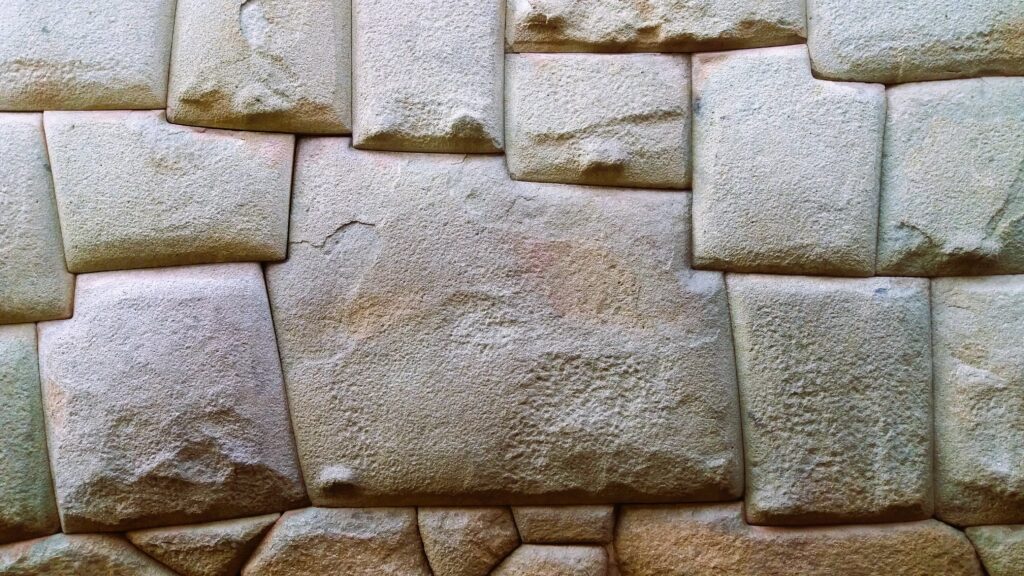
Was Pachacutec who drew the urban design of the sacred city of Cusco in the form of a feline, a Puma sitting squatting, being Sacsayhuaman the head of this feline, the heart located in the Plaza de Armas or main square of the city, considered as the most important ceremonial center, where the famous “Inti Raymi” or the great Feast of the Sun was celebrated; Pumakurku street, whose original Quechua name still survives and goes down from Sacsayhuaman to the city, this was the feline’s backbone, and the puma’s tail ended at the intersection of two rivers (Saphy and Rímac pampa) where it still bears the Quechua name of “Pumac – chupan”, currently there is an artificial water fountain.
To Pachacutec is attributed not only the expansionist success of the Inca empire, but also the achievement of engineering and architecture, with the construction of entire cities, temples, Inca roads, granaries to supply all regions of the empire, astronomical progress, etc.. The ability and skill of the Quechua inhabitants, with Pachacutec at the helm, was reflected in the construction of almost all the archaeological centers that we can admire today, such as Machu Picchu, Sacsayhuaman, Coricancha, Ollantaytambo, Pisac, Tipon, Tambomachay, among others.
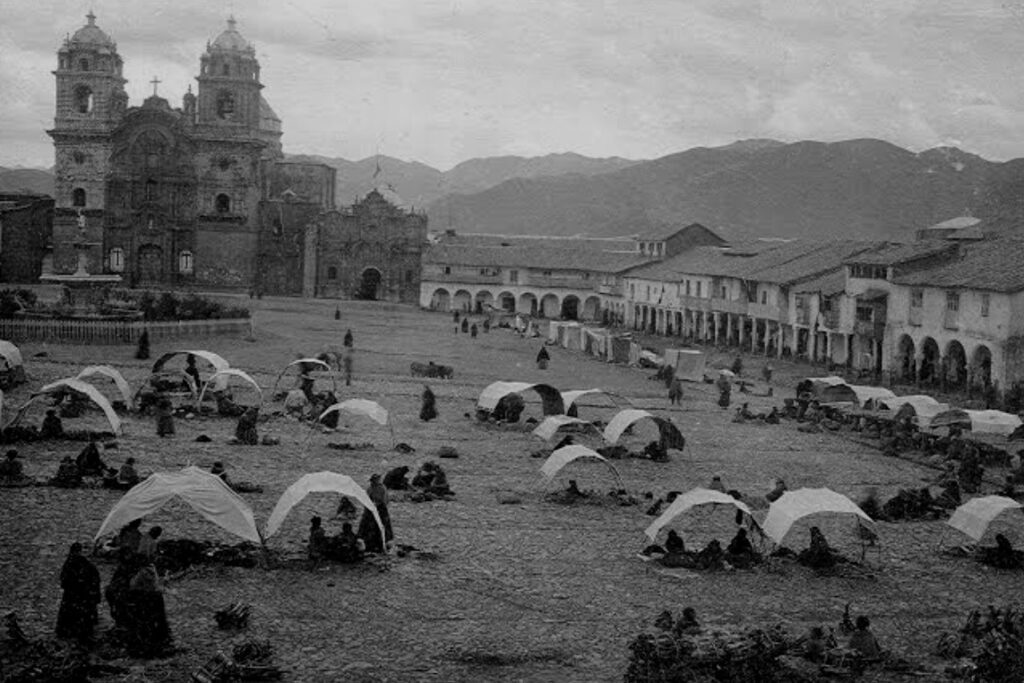
COLONIAL CUSCO:
¿What was Cusco like in colonial times? It was in the year 1532, on November 16, when the European invaders set foot on Peruvian territory, a date that marked the course of history in the Andes; That day the Spaniards under the command of Francisco Pizarro in alliance with the Cañaris of Ecuador, the Chachapoyas of northern Peru, among others, managed to capture the last Inca Atahualpa, the conquerors arrived when the Inca Empire was at its worst, the civil war that divided the entire territory because of the confrontation of the last two in power, Huascar and Atahualpa. Thus, once the Quechuas were defeated, the Spanish founded the Viceroyalty of Peru in 1534, which became the capital of an empire that extended throughout South America.
Later in 1536, one of the sons of the last Inca ruler called “Manco Inca”, decided to take up arms, besieging the city of Cusco and cornering the Spanish in the city of Cusco, (Manco Inca, who at first was crowned by the Spaniards themselves as the “Sapa Inca” because through him, the Spanish could control the entire mass of indigenous and force the natives to pay a tax to the Spanish crown); Once he learned of the true intentions of the invaders, seeing that the Spaniards used him as a puppet, even violating against his family, especially his wife, he decides to risk his life rising with a large army of rebels who had firearms, developing the battles in the areas of Sacsayhuaman (the temple of the sun in the past), Chinchero and Ollantaytambo; These battles began in 1536 with the uprising of Manco Inca until 1572 where finally the capture and death of the “last Inca rebels of Vilcabamba” took place. It is in this year where the last Inca insurgency in the hands of the invaders was extinguished and the absolute collapse of a great empire ended.
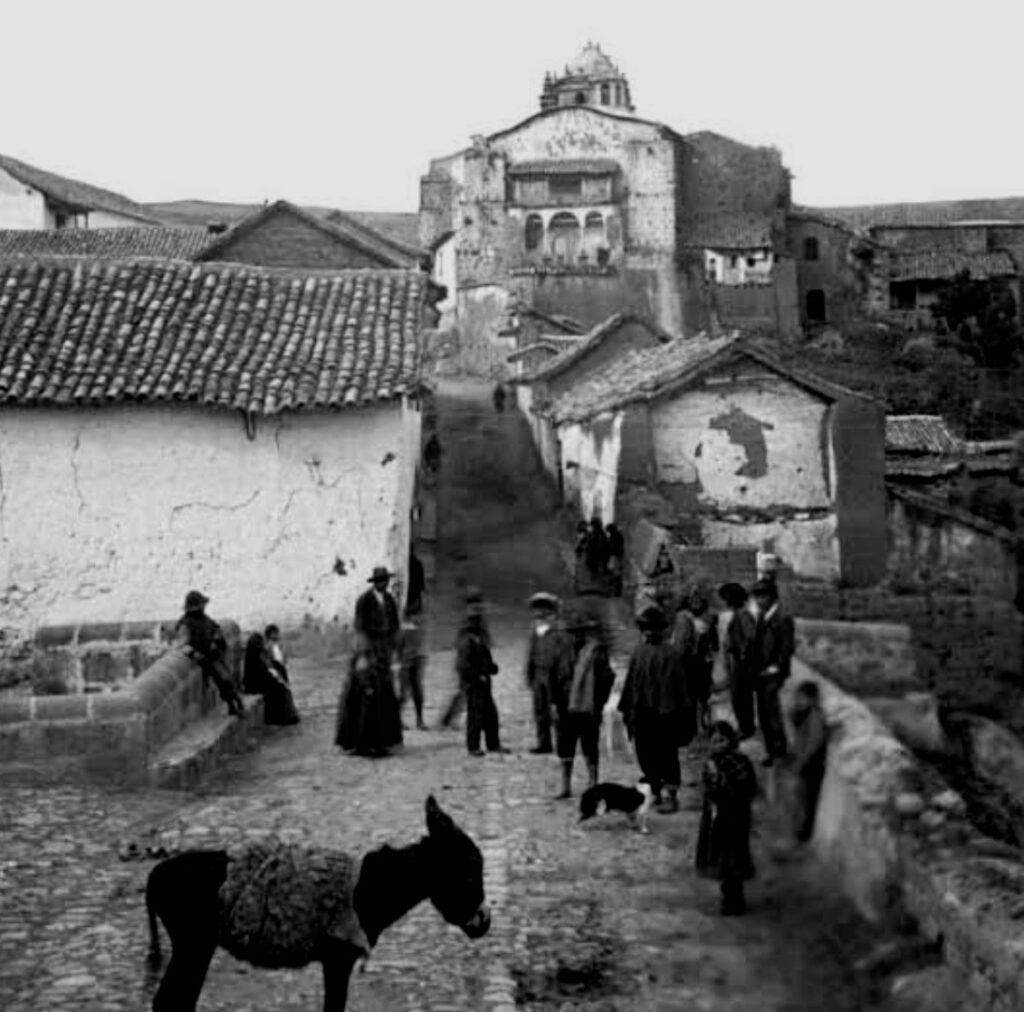
The Colonial period marked a drastic change in the transformation of the empire, especially in the life of the indigenous inhabitants, the extirpation of idolatries, evangelization, the imposition of a new language, among others, were aggressive factors to which the indigenous inhabitants were subjected for more than 300 years. As a result of these changes we have today the Hispanic language as one of the languages officially implanted in Peru, the changes of materials for the construction of colonial palaces and churches such as the Cathedral, the Company of Jesus, the Temple of San Francisco, La Merced, the Temple and Convent of Santo Domingo, among others, stand out.

The viceroyalty of Peru began in 1543 and ended in 1821; in that egióntu time drastic changes were made that still persist in several aspects in Cusco today. Today approximately 70% of the Peruvian population practices the Catholic egiónt with a fervent devotion to the images of saints and saints implanted by Western culture, so also colonialism left a legacy that today is present in different aspects such as architecture, art, mining, etc…
In colonial times, the Andean region was the main producer of food due to agriculture, which at that time was one of the main activities of the country, as well as supplying the entire region with the necessary infrastructure for lodging and the arrieraje for the commerce that was developed at that time. The most traded products were: silverware, coca leaves trade, salted meat, religious paintings, cacao, corn, camelid fiber, required by traders on the route to Buenos Aires and to the mines of Potosi. Security was also offered for the transportation of products, transportation of travelers and food for travelers in the so-called fondas (hostels).
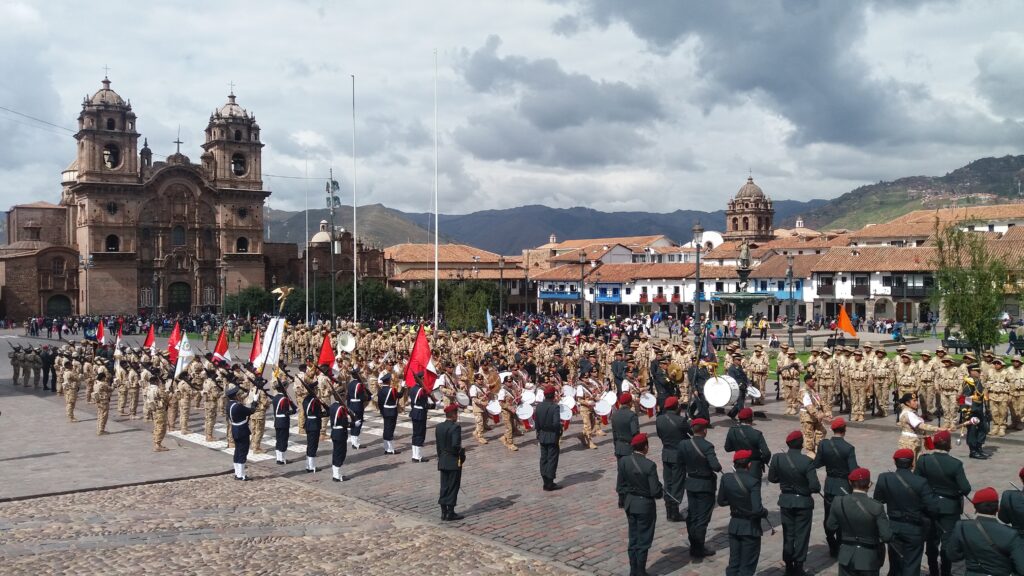
REPUBLICAN CUSCO:
¿In the Republican time, the city of Cusco starts on a very weak economic base, increasing with the separation of the Altiplanic territory and the subsequent creation of the Republic of Bolivia, also another blow was the growth of textile imports in the city of Arequipa, being the most important southern commercial center that introduced English textile products at lower prices, which greatly affected the textile production of Cusco until making it close. This economic crisis was also influenced by the lower production of coca leaves in Kosñipata (sustenance for the food of the indigenous inhabitants), the debt of the war of independence, among other factors.
From 1830 onwards, Cusco began to recover economically with the export of sheep wool and alpaca fiber to Europe, through the city of Arequipa. Modernity begins to reach Cusco and the whole country, with the first textile plant installed in Cusco, specifically in Lucre in 1861, being the first in the country and in 1872 the first brewery was installed, revolutionizing the planting of barley. In total there were 6 breweries that later formed the “Cervecería del Sur del país” (Brewery of the South of the country).
Another factor was the construction of the railroad lines that favored the economic boom in the city, but due to the War of the Pacific its arrival in Cusco was delayed until 1908, in the section from Puno.
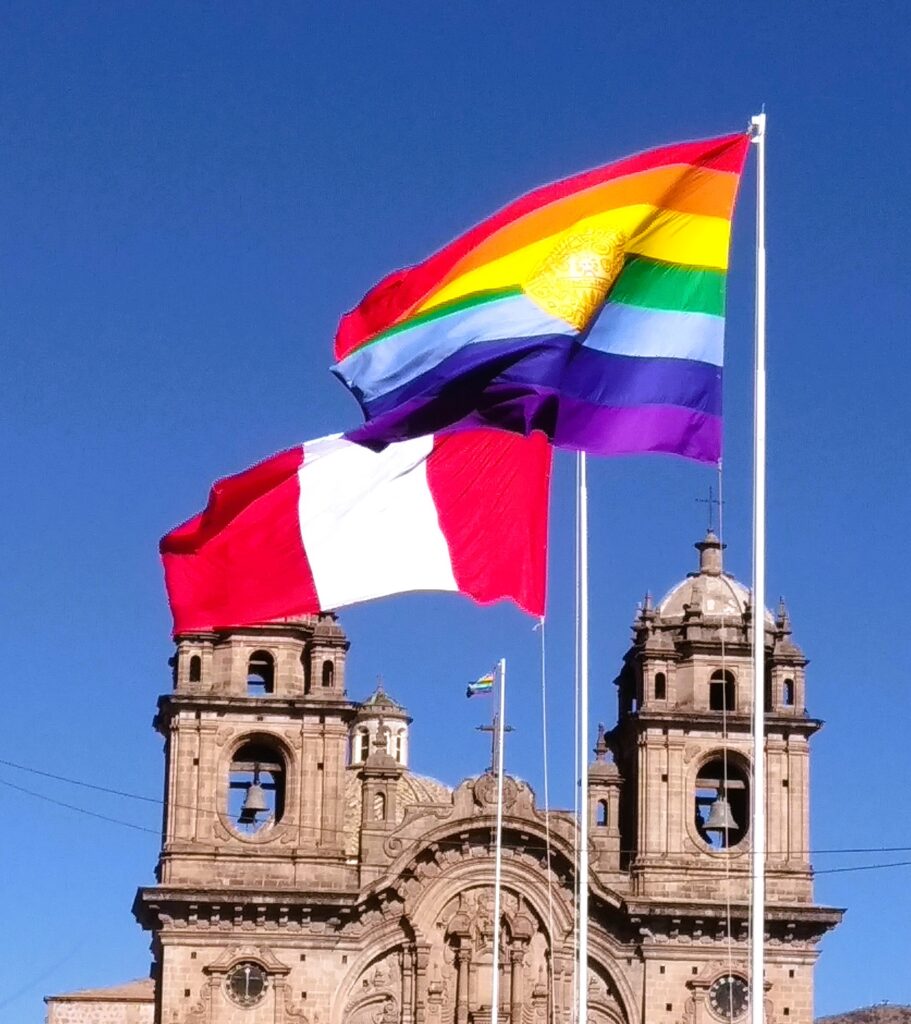
By 1925, the city of Cusco was the most modern city in southern Peru, cosmopolitan for its history and cultural environment, also for its relations with foreign markets, keeping abreast of news from much of the world through Buenos Aires and Europe. Among the many characters of Cusco are Doña Clorinda Matto de Turner, a writer from Cusco who initiated the genre of the indigenist novel towards the end of the XIX century, contemporary of Luis E. Valcárcel, renowned historian and anthropologist and one of the most important references for archaeology in the city.
The artistic expressions so deeply rooted since time immemorial are currently found in the Cusquenian imagery, with the Mendívil School leading a unique style, the Cusquenian style paintings that still represent the fusion of two worlds, the making of artistic textiles, among many other manifestations of art in the region.
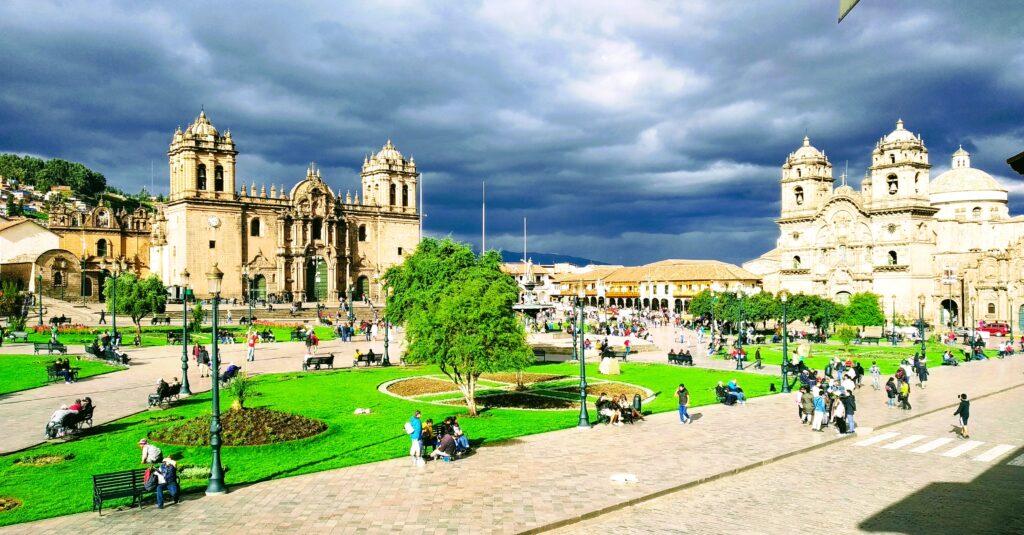
CUSCO TODAY:
Today the city of Cusco is the best tourist destination in Peru and one of the best destinations in South America. According to official statistics, a total of 3.5 million tourists from all over the world arrive in Cusco. Most of them are attracted by Machu Picchu, one of the 7 wonders of the modern world and emblematic icon of the Inca Culture.
Thus, the Cusco region offers an important production in mining and hydrocarbons. However, Cusco still has poverty, especially in its small towns in the interior and its provinces. Child malnutrition and access to education and corruption are other serious problems facing this Andean region.
The city of Cusco also has several cultural aspects from the Inca and colonial eras. For example, a very high percentage of the Cusco population speaks Quechua, the language established by the Incas hundreds of years ago. Different cultural aspects still survive from the Inca period. The famous festival of Inti Raymi, which is celebrated in the city of Cusco every June 24, stands out. From the colonial period still survive the religious tradition of Corpus Christi, in which the 16 main images of saints and virgins of Cusco are carried in procession through the streets of the city. 1983, is an important year in the history of the city of Cusco because it was declared Cultural Heritage of Humanity by Unesco and later recognized as one of the most beautiful colonial cities in South America; also in 2007 Machu Picchu was declared as ”New Wonder of the Modern World”.
